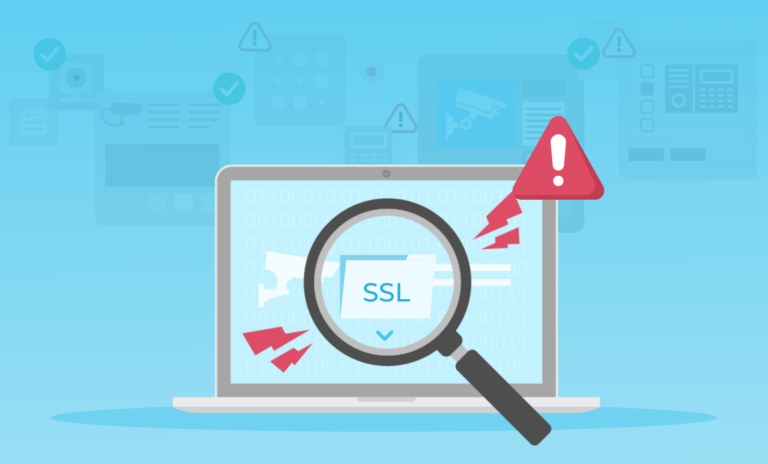 A major transformation is underway in the world of digital certificates—and it’s one that will ripple across every corner of the enterprise. Starting in 2026, new mandates from the CA/Browser Forum will drastically reduce certificate lifespans:
A major transformation is underway in the world of digital certificates—and it’s one that will ripple across every corner of the enterprise. Starting in 2026, new mandates from the CA/Browser Forum will drastically reduce certificate lifespans:
- March 2026 – Maximum expiration: 200 days
- March 2027 – Maximum expiration: 100 days
- March 2029 – Maximum expiration: 47 days
These changes are meant to enhance digital trust and resilience. But they also signal the end of business-as-usual for organizations still managing certificates manually.
The Real Challenge Behind Shorter Lifespans
Digital certificates underpin secure communication and identity management—not just for servers and applications, but also for a growing ecosystem of networked devices across corporate campuses, public venues, and critical infrastructure.
Yet many organizations still track and renew certificates using spreadsheets and ad-hoc scheduling. With shorter certificate lifespans, this approach becomes a ticking clock, making it nearly impossible to maintain oversight, ensure compliance, or prevent downtime.
This is no longer a purely technical concern. It’s an operational one.
Rethinking Operational Readiness
Meeting the new standards will require more than a tactical fix. It demands a rethinking of how operations teams interact with certificate management and device health more broadly.
Here’s what that shift looks like:
Operational Visibility
Without clear, real-time visibility into which devices are nearing certificate expiration—or even which ones are currently noncompliant—teams are forced into reactive mode. Gaining comprehensive insight across distributed environments is critical for identifying risks before they escalate into failures or security gaps.
Automation
As certificate renewal cycles tighten, the manual model breaks down. Automation becomes essential—not just for renewing certificates at scale, but for applying policy-driven controls, tracking compliance status, and generating audit-ready records without human intervention. Automation reduces human error, accelerates incident response, and frees up teams for higher-value work.
Centralized Control
Fragmentation is one of the biggest hurdles in managing operational technology. Centralized control brings coherence to the chaos. It allows organizations to manage certificates, monitor device health, and enforce security policies from a single pane of glass—even across thousands of geographically dispersed endpoints.
The Broader Payoff
This isn’t just about staying ahead of regulation. It’s about enabling a smarter, more resilient operational infrastructure. With the right approach, teams can:
- Proactively identify and resolve certificate issues
- Ensure continuity and security across all connected systems
- Align physical security management with IT standards and practices
- Minimize service disruptions while maximizing uptime
These are the pillars of operational excellence in a post-manual world. And for organizations willing to embrace this transition, the payoff extends far beyond compliance—it’s about turning complexity into clarity and risk into readiness.
Take the First Step Toward Operational Resilience
As certificate lifespans shrink and device ecosystems grow more complex, the old ways of managing security infrastructure simply won’t scale. Organizations that embrace visibility, automation, and centralized control will be the ones best positioned to adapt—and to lead.
If you’re exploring how to modernize certificate management and streamline operational oversight across your physical security environment, now is the time to take a closer look.
Experience firsthand how centralized monitoring, automated policy enforcement, and real-time alerts can help you transition from reactive firefighting to proactive control. In just a few minutes, you’ll see how this approach can simplify compliance, reduce manual effort, and enhance system resilience—across thousands of connected devices.




